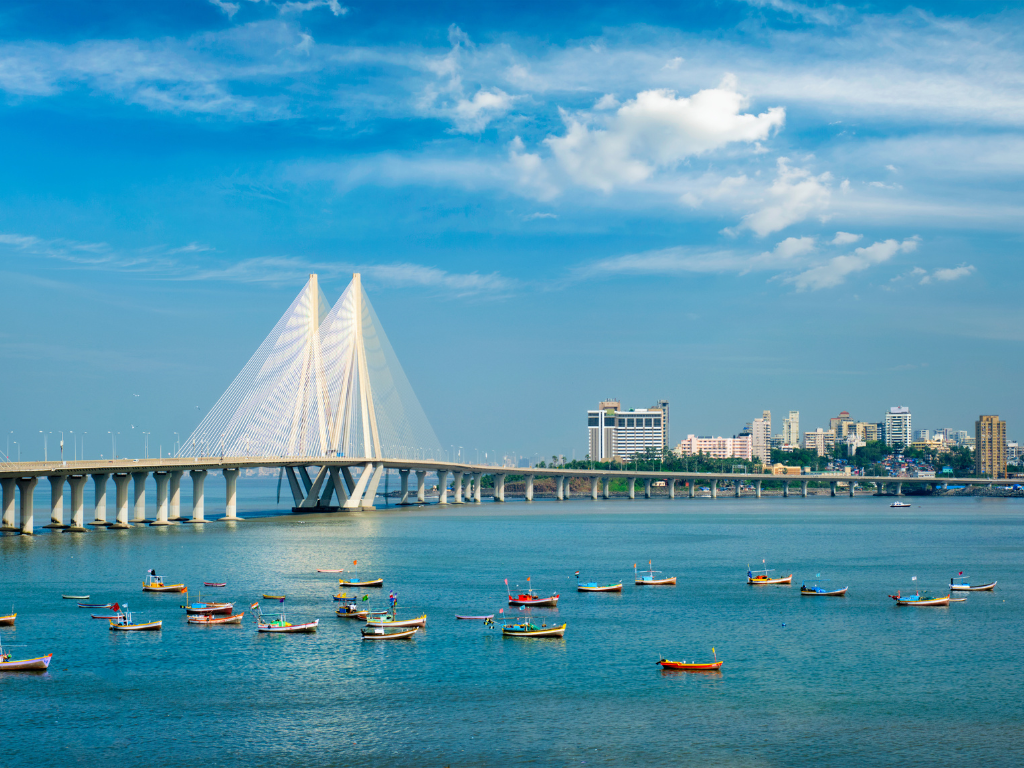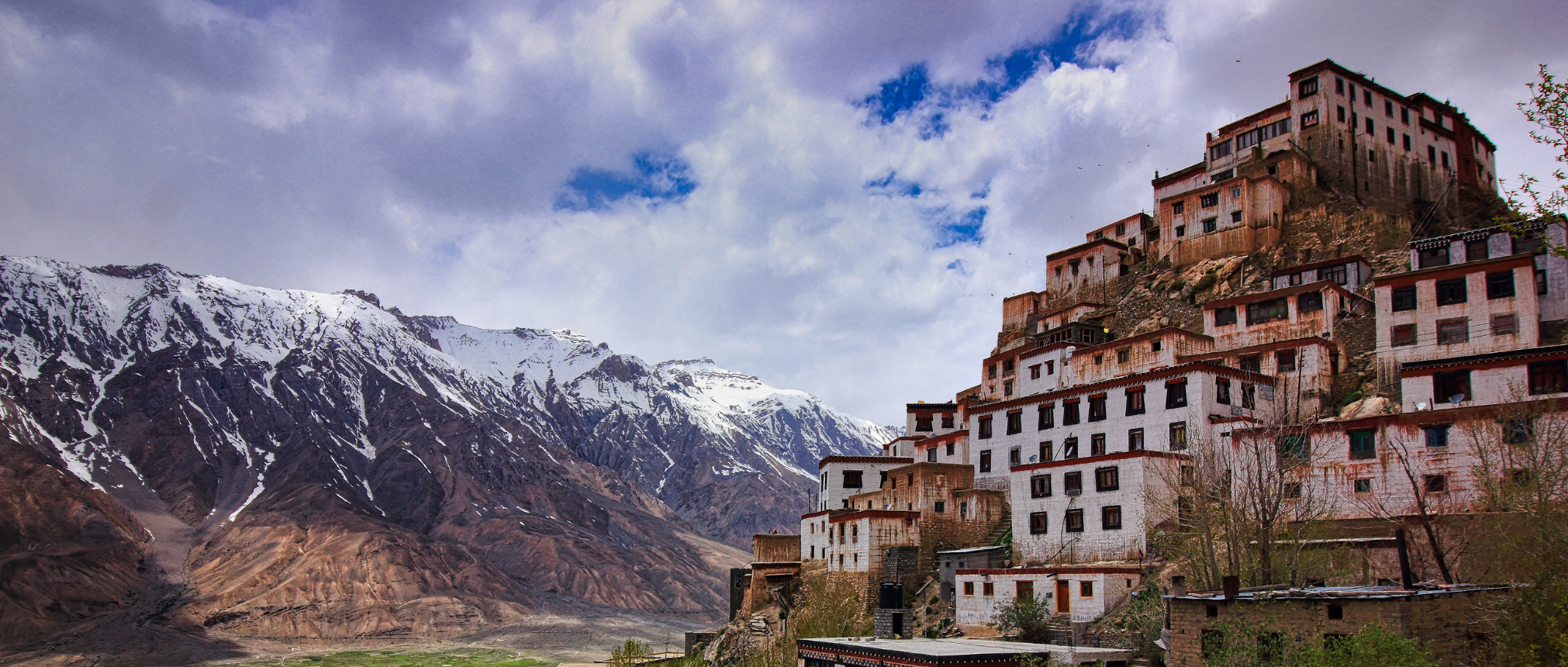
India’s Development of Infrastructure: Highlighting Outstanding Projects Across Several Decades
Over numerous decades, several ambitious infrastructure projects have fueled India’s prosperity and development. Every century since the 1950s, when nation-building projects were launched, and innovative projects took the stage, groundbreaking initiatives have changed the contours of our country’s infrastructure. This blog post will highlight India’s progress towards modernization and growth by examining a few notable infrastructure and construction projects from several decades.
The Bhakra-Nangal Dam in the 1950s:
One of India’s first post-independence infrastructure development successes is the Bhakra-Nangal Dam. The second tallest dam in India & Asia (after Tehri Dam, Uttarakhand), which is located in northern India on the Sutlej River, provides a lifeline for irrigation, hydroelectric power production for four states, and flood control (the reason for setup). Its successful construction set an example for other projects. It inspired the country to use its water resources for agricultural and industrial growth.
Fundamental reasons for significance:
1. Innovative Engineering: Structural integrity, water flow dynamics, and geological stability were among the many considerations taken into account throughout the dam’s design and construction.
2. Multipurpose Design: The dam was constructed with several goals in mind, including irrigation, the generation of hydroelectric power, flood control, and water supply, to optimize its usefulness and impact.
Tarapur Atomic Power Station (TAPS) in the 1960s:
The first commercial nuclear power station in India is called Tarapur Atomic Power Station (TAPS), and it is situated in Tarapur, Maharashtra. Its 1969 commissioning marks a critical turning point in India’s development of nuclear energy for the production of electricity. When TAPS first started up, it had two 160-megawatt (MW) boiling water reactor (BWR) units. It became one of India’s oldest and biggest nuclear power complexes after other units, such as pressurized heavy water reactors (PHWRs), were installed.
Fundamental reasons for significance:
1. Robust Design: To ensure reactor stability, TAPS included backup cooling systems, containment structures, and redundant safety systems.
2. Quality Control: Strict procedures guaranteed dependability by upholding strict standards for supplies, machinery, and structural integrity.
3. Skilled Workforce: The project was expertly completed by highly skilled engineers, technicians, and safety specialists.
4. Advanced Materials and Techniques: These improve resistance and durability by withstanding harsh environments.
1970s – Delhi Metrological Observatory (DMO):
India’s meteorology studies and weather forecasting have progressed significantly after founding the Delhi Metrological Observatory (DMO) in the 1970s. The DMO has made accurate weather forecasts, readiness for disasters, and climate monitoring achievable with the help of its state-of-the-art equipment and scientific expertise.
Fundamental reasons for significance:
1. Infrastructure Resilience: To guarantee uninterrupted service and data gathering, the infrastructure was built to endure environmental elements such as extreme weather and earthquake activity.
Konkan Railway in the 1980s:
Built along India’s western coast, the Konkan Railway is a marvel of engineering and connectivity. It began operating in the 1980s. This 700-kilometer railway line connects Maharashtra, Goa, and Karnataka while crossing challenging terrain and scenic landscape. The Konkan Railway’s successful completion not only revolutionised local transportation but also encouraged social cohesion, tourism, and economic development.
Fundamental reasons for significance:
1. Creative Construction Techniques: To get around geographical barriers, the project used innovative construction techniques like tunneling under rocky ground, constructing suspension bridges across rivers, and setting in place soil stabilization measures
2. Working Together: Collaboration between environmentalists, engineers, architects, and local communities made it simpler to plan, construct, and finish the railway line.
1990s – National Highways Development Project (NHDP):
Initiated in the 1990s, the National Highways Development Project (NHDP) represented the onset of an entirely new era in India’s road infrastructure development. The NHDP revolutionized India’s transport network by building advanced roads and highways like the Golden Quadrilateral and North-South/East-West Corridors, allowing for quicker movement of individuals and goods throughout the nation. Its successful execution created the backdrop for India’s rise to dominance in the world economy.
Fundamental reasons for significance:
1. Effective Project Management: To ensure the timely completion and affordable supply of highway infrastructure, the project utilized modern project management techniques, such as distinct timetables, achievements, and performance measures.
2. Public-Private Partnerships (PPPs): PPP models were used to maximize the utilization of resources by employing private sector expertise, funding, and efficiency in the construction, operation, and maintenance of national roads, optimizing resource allocation and risk management.
Delhi Metro in the 2000s:
India’s major urban transit system has been Delhi Metro since its formal introduction in the 2000s. The Delhi Metro has transformed the travel experiences of millions of people with its state-of-the-art facilities, flawless operation, and vast network. The project’s successful completion established the ability of India for large-scale construction endeavours and created a model for the nation’s future metro rail networks.
Fundamental reasons for significance:
1. Modular Construction: Precast sections and modular parts were used in the building of the metro system to allow for quick installation and minimize interruptions to urban life.
2. Sustainable Practices: By utilizing environmentally friendly components, brake regeneration systems, and environmentally friendly designs, the metro system demonstrated its commitment to sustainability and protecting the environment.
The Gujarat Solar Park in the 2010s
India’s commitment to renewable energy and sustainable development was shown by the construction of the Gujarat Solar Park. This huge solar park, which uses a large amount of solar radiation to generate clean electricity, has grown to be one of the largest of its kind in the world and is situated in the arid area of Gujarat. India’s potential as a global leader in solar power execution has been shown by its effective implementation, which opened the door for additional investments in renewable energy infrastructure.
Fundamental reasons for significance:
1. Size and Effectiveness: The large-scale installation of solar photovoltaic panels, which benefited from economies of scale to reduce costs and increase electricity-producing efficiency, was the main factor in the Gujarat Solar Park’s efficacy.
2. Government Support: The project benefited from national and state laws, rules, and subsidies that encouraged investors and the construction of infrastructure for renewable energy sources.
3. Technology Adoption: The most recent developments in solar panel technology, grid integration, and storage techniques were implemented in order to optimise solar energy yield, reliability, and grid stability.
2020s – Mumbai Trans-Harbor Link (MTHL):
The Mumbai Trans-Harbor Link (MTHL) is a sea link that would revolutionize India’s financial capital. It is currently in the process of building. After it is completed, this sea bridge will link Navi Mumbai and Mumbai, decreasing traffic and improving connectivity in the area. India’s commitment to addressing urban mobility issues through creative engineering solutions and sustainable infrastructure development is best shown by the MTHL.
Fundamental reasons for significance:
1. Environmental Benefits: The MTHL is projected to save approximately one crore litres of fuel annually, leading to a significant reduction in pollution levels. It is estimated to result in a decrease of approximately 25,680 metric tonnes of CO2 emissions.
2. Orthotropic Steel Deck Spans (OSD): The MTHL utilizes OSD spans, a pioneering technology in India, which enhances load-bearing capacity more efficiently than traditional concrete structures.
3. Prefabrication: The prefabrication process of OSD spans reduces on-site work, resulting in shorter construction durations and decreased safety risks. This method also contributes to minimizing the project’s environmental impact.
4. Recognition for Environmental Sustainability: The Bombay Natural History Society has recognized the MTHL for its environmental sustainability efforts.
5. Measures to Protect Marine Ecosystem: To safeguard the marine ecosystem, the MTHL incorporates river circulation rings to minimize sound and vibrations. Additionally, non-disruptive lighting is used to ensure minimal disturbance to the surrounding aquatic environment.
In conclusion, India’s growth in infrastructure over the years has been characterised by creativity, perseverance, and an unwavering drive for growth. Every major achievement, from the experimental initiatives of earlier times to the ambitious initiatives of the present, played a role in India’s rise to recognition in the global economy. These fruitful initiatives inspire fresh ventures that lead to sustained growth and prosperity for generations to come as the nation proceeds on its road of development.




Leave a comment